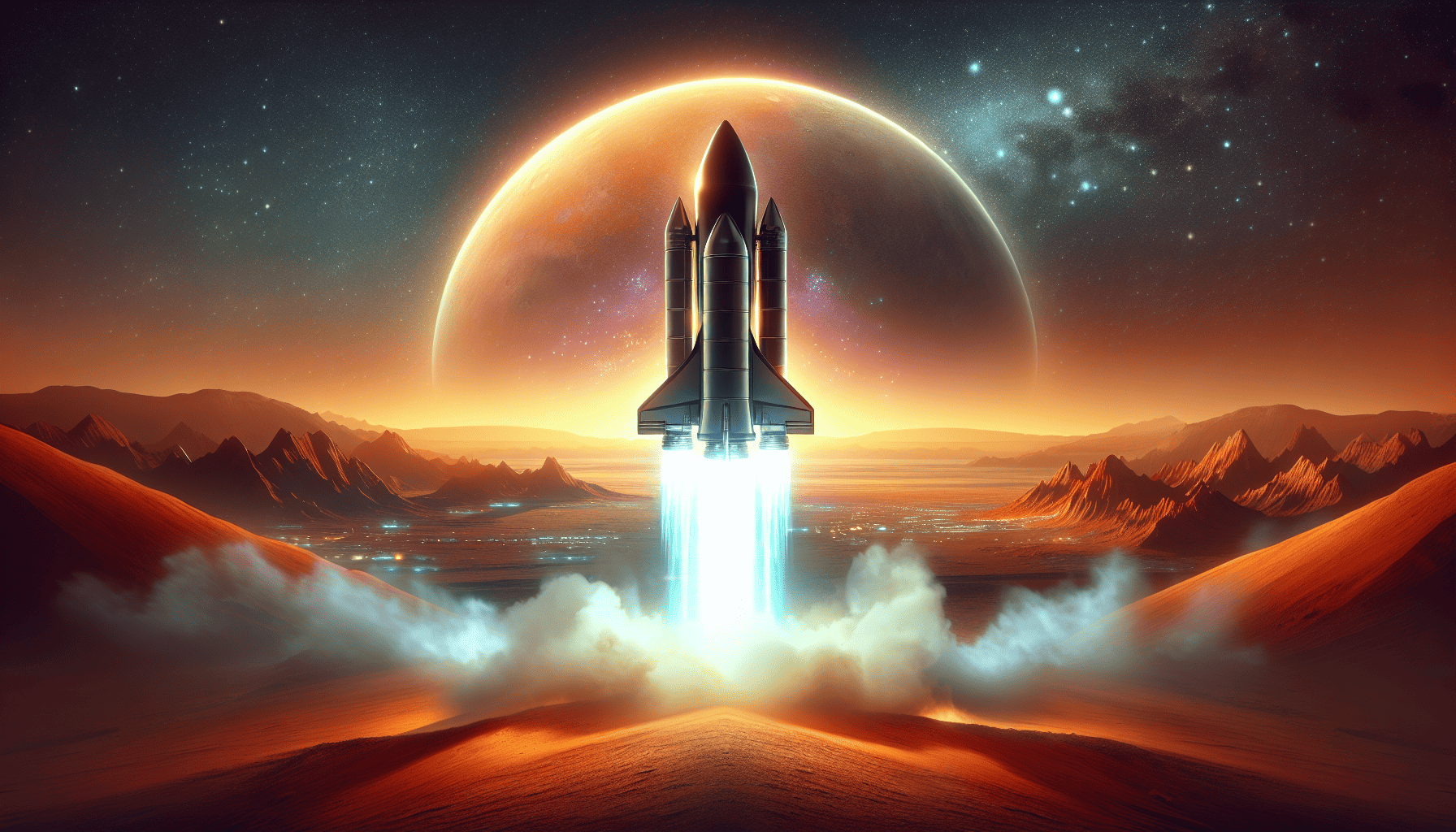In the vast expanse of space exploration, the red planet Mars has always been a beacon of human curiosity and ambition. As we stand on the brink of a new era in space travel, the notion of colonizing Mars is transitioning from the realm of science fiction to an impending reality. At the forefront of this monumental endeavor is Star Orbiter, a pioneering space exploration company that has set its sights on making humanity a multiplanetary species.
Star Orbiter’s ambitious mission to colonize Mars hinges on a combination of cutting-edge technology, sustainable planning, and international collaboration. Central to their strategy is the development of the Mars Transit Vehicle (MTV), an advanced spacecraft designed to safely transport humans and cargo between Earth and Mars. Equipped with robust life-support systems, radiation shielding, and an efficient propulsion system, the MTV represents the technological heart of Star Orbiter's mission.
The journey to Mars is only the beginning. Establishing a permanent settlement on the red planet requires innovative solutions to unprecedented challenges. One of the primary concerns is life support. On a planet with an atmosphere composed mostly of carbon dioxide and surface temperatures that can plummet to -80 degrees Fahrenheit, creating a habitable environment is paramount. Star Orbiter is working on habitat modules that not only protect against Mars’ harsh environment but also incorporate systems to recycle air and water, harness solar energy, and cultivate food through hydroponics and aeroponics.
Power generation stands as another critical challenge. Mars receives less sunlight than Earth, necessitating advancements in solar energy efficiency. Star Orbiter is investing in high-efficiency photovoltaic cells and exploring other renewable energy sources, such as wind and nuclear power, to ensure a stable energy supply for Mars settlers.
The logistical obstacle of transporting materials from Earth to Mars has driven Star Orbiter to explore in-situ resource utilization (ISRU) techniques. By leveraging the Martian environment, the company aims to produce essential resources like water, oxygen, and building materials directly on Mars. Extracting water from the Martian soil, processing it for human consumption and fuel production, exemplifies how ISRU can dramatically reduce the reliance on supplies from Earth.
Collaboration is key to such a grand endeavor. Star Orbiter is fostering partnerships with government space agencies, academic institutions, and private-sector companies worldwide. By sharing expertise, resources, and innovations, this collaborative approach not only accelerates technological development but also builds a robust foundation for the collective human effort needed to succeed in this next giant leap.
Moreover, Star Orbiter is addressing the ethical and environmental considerations of colonizing another planet. The company is committed to preserving the Martian environment, conducting thorough assessments to minimize ecological impact, and ensuring that the integrity of potential native Martian life forms is never compromised.
Education and public engagement form an integral part of Star Orbiter’s mission. By involving the global community and inspiring future generations, the company aims to foster a shared vision of humanity's future in space. Initiatives include interactive platforms, educational programs, and partnerships with schools and universities to encourage young minds to participate in this historic journey.
In conclusion, Star Orbiter’s mission to colonize Mars is not just about reaching a new frontier; it is about ensuring the survival and progress of human civilization. By pushing the boundaries of technology, fostering global partnerships, and prioritizing sustainability, Star Orbiter is paving the way for humans to become interplanetary inhabitants. As we look to the stars, the red hue of Mars beckons us to dream, explore, and embrace the endless possibilities that lie beyond our home planet.
